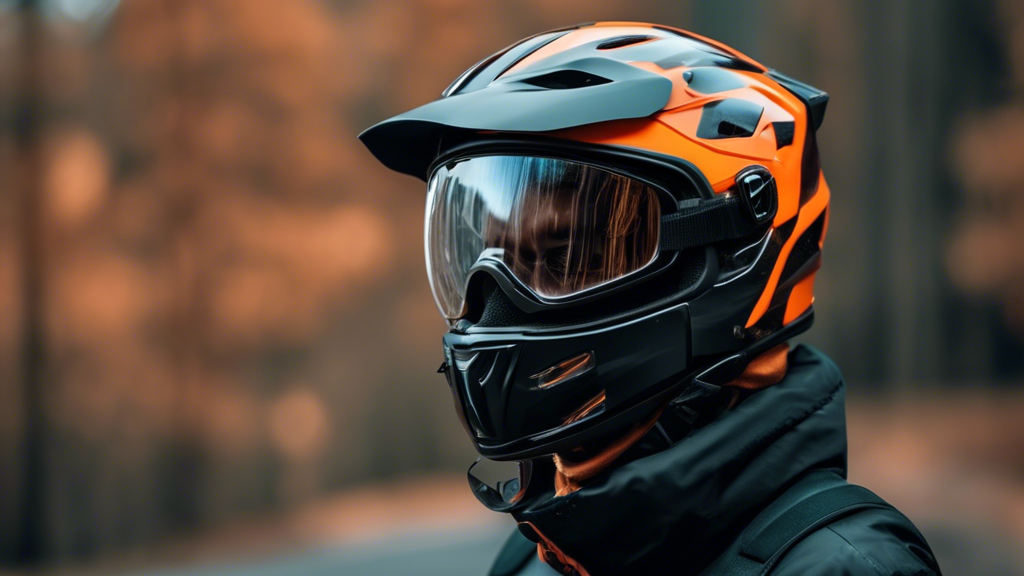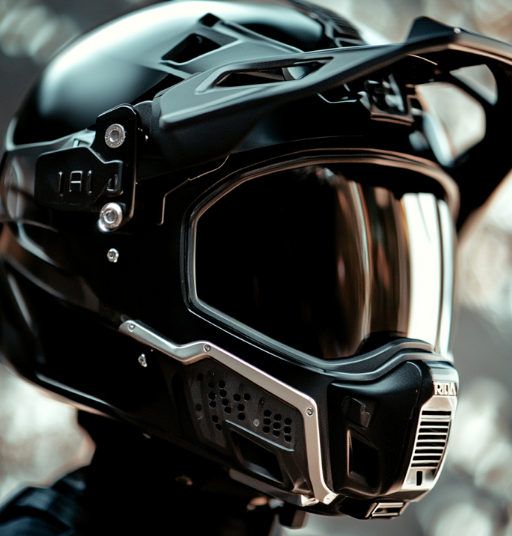Helmet cameras have become increasingly popular among outdoor and motorsport enthusiasts due to their ability to capture high-quality footage in a variety of conditions. These cameras offer an immersive experience by recording from the user’s perspective, making them ideal for activities ranging from cycling to extreme sports. Here, we delve into some key features and considerations when choosing a helmet camera.
Compatibility and Versatility
One of the primary considerations when selecting a helmet camera is its compatibility with different types of helmets. Many models, like the Cambox, boast compatibility with 99% of helmets, ensuring riders can utilize them across various motorsport disciplines and activities. This level of compatibility makes the Cambox and similar models versatile options for users looking to switch between activities without needing multiple camera setups.
In addition to universal compatibility, some helmet cameras offer dual-camera capabilities, which allow users to film both forward and backward. For instance, the Techalogic DC-1 Helmet Camera integrates dual cameras, making it an excellent choice for cyclists who need to capture footage for evidential purposes. This feature significantly enhances safety and utility, providing comprehensive video coverage.
Quality and Performance in Extreme Conditions
Video resolution plays a crucial role in determining the quality of footage captured by a helmet camera. Top-tier models like the Cambox V4 Pro and the GoPro Hero 13 Black support high resolutions such as 4K, Full HD 1080, and HD 720. These cameras also offer advanced features like video stabilization and wide-angle lenses, which can extend up to 150°, ensuring the footage is both clear and comprehensive.
For outdoor enthusiasts who may encounter variable weather conditions, water resistance is a critical factor. Cameras like the Techalogic DC-1 are rated IP65 for water resistance, making them suitable for use in unstable weather. This durability extends to other models known for their shockproof and crush-proof builds, enhancing their performance in rugged environments.
Battery life and mounting options are other considerations to keep in mind. The Techalogic DC-1 offers a battery life of up to 2.5 hours, with other models supporting various mounts, from Velcro straps to suction cups, accommodating different helmet designs. This adaptability ensures that users can attach and secure their cameras safely and effectively, regardless of helmet shape.
Advanced Features for Enhanced Recording
Some helmet cameras come equipped with features that cater to advanced filming needs. Notably, high-end models like the DJI action camera and the Sony RX10 II are praised for their low-light performance, thanks to larger image sensors and sophisticated AI processing. This is particularly beneficial for early morning or dusk activities, where lighting conditions cannot be controlled.
Specialized filming modes such as macro focusing, white balance presets, and high-speed burst modes further enhance the user experience. Cameras like the GoPro Hero 13 Black, for instance, can shoot at 400fps in Slo-Mo mode, making these devices versatile tools for capturing fast-paced, detailed footage.
Overall, helmet cameras offer a wealth of features that cater to both amateur and professional users, making them indispensable for anyone keen on documenting their adventures. From high-resolution recording to durability, the technological advancements found in today’s helmet cameras provide unmatched performance and reliability.


